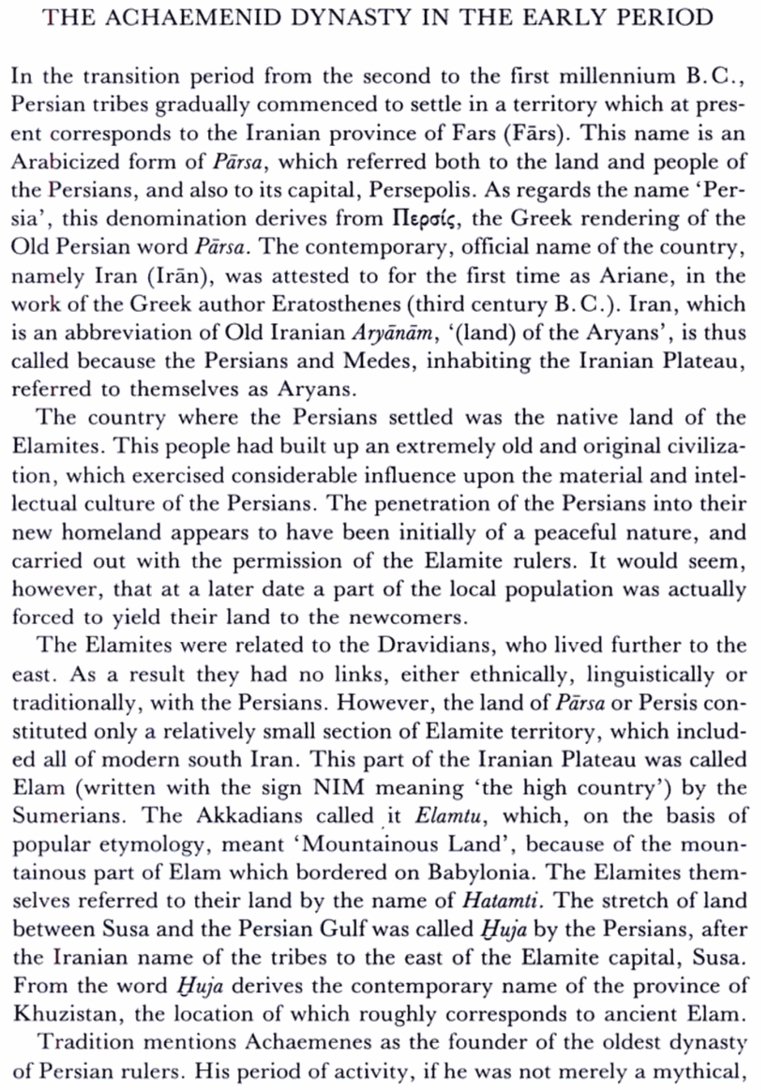|
Other Archaeological Sites / The Neolithic of the Levant (500 Page Book Online) Ancient Persia --- The Achaemenid Dynasty (550–330 B.C.) Selected Excerpt on Persia
The Uruk Expansion: Cross Cultural Exchange in Early Mesopotamian Civilization
2 Chronicles 36:22) Now in the first year of Cyrus king of Persia, that the word of the LORD spoken by the mouth of Jeremiah might be accomplished, the LORD stirred up the spirit of Cyrus king of Persia that he made a proclamation throughout all his kingdom and put it also in writing saying: 23) Thus saith Cyrus king of Persia: All the kingdoms of the earth hath the LORD God of heaven given me; and he hath charged me to build him an house in Jerusalem which is in Judah. Who is there among you of all his people? The LORD his God be with him and let him go up ...
Achaemenids : Royal dynasty of ancient Persia named after its
The Persian Expedition: Introduction During the winter of 1930-31 the Oriental Institute organized a Persian Expedition to conduct excavations in the largely unexplored mountainous regions east and southeast of the Mesopotamian plain. James Henry Breasted requested and was granted a concession to excavate the remains of Persepolis, an Achaemenid royal administrative center in the province of Fars. Over an eight year period the Persian Expedition worked not only in the royal center of Persepolis but also at a number of sites that fell within a radius of 10 kilometers; (1) the two prehistoric mounds of Tall-e-Bakun and Tall-i-Bakun, (2) an Achaemenid tower and tombs of the Achaemenid kings at Naqš-i Rustam and (3) portions of the Sasanian city of Istakhr ... The Oriental Institute of the University of Chicago Academia History of the Persian Empire (PDF) 670 Pages 23.4 MB (1948) Oriental Institute PERSIA (Iran) Projects The Comparative Stratigraphy of Early Iran (PDF) 96 Pages 4.62 MB (1942) Persepolis and Ancient Iran : Catalog of Expedition Photographs A New Inscription of Xerxes From Persepolis (PDF) 28 Pages 4.66 MB (1932) See Also: Achaemenids (LIVIUS) / Achaemenid Empire (Wikpedia)
(1) A Political History of the Achaemenid Empire by M. A. Dandamaev (1989)
|




